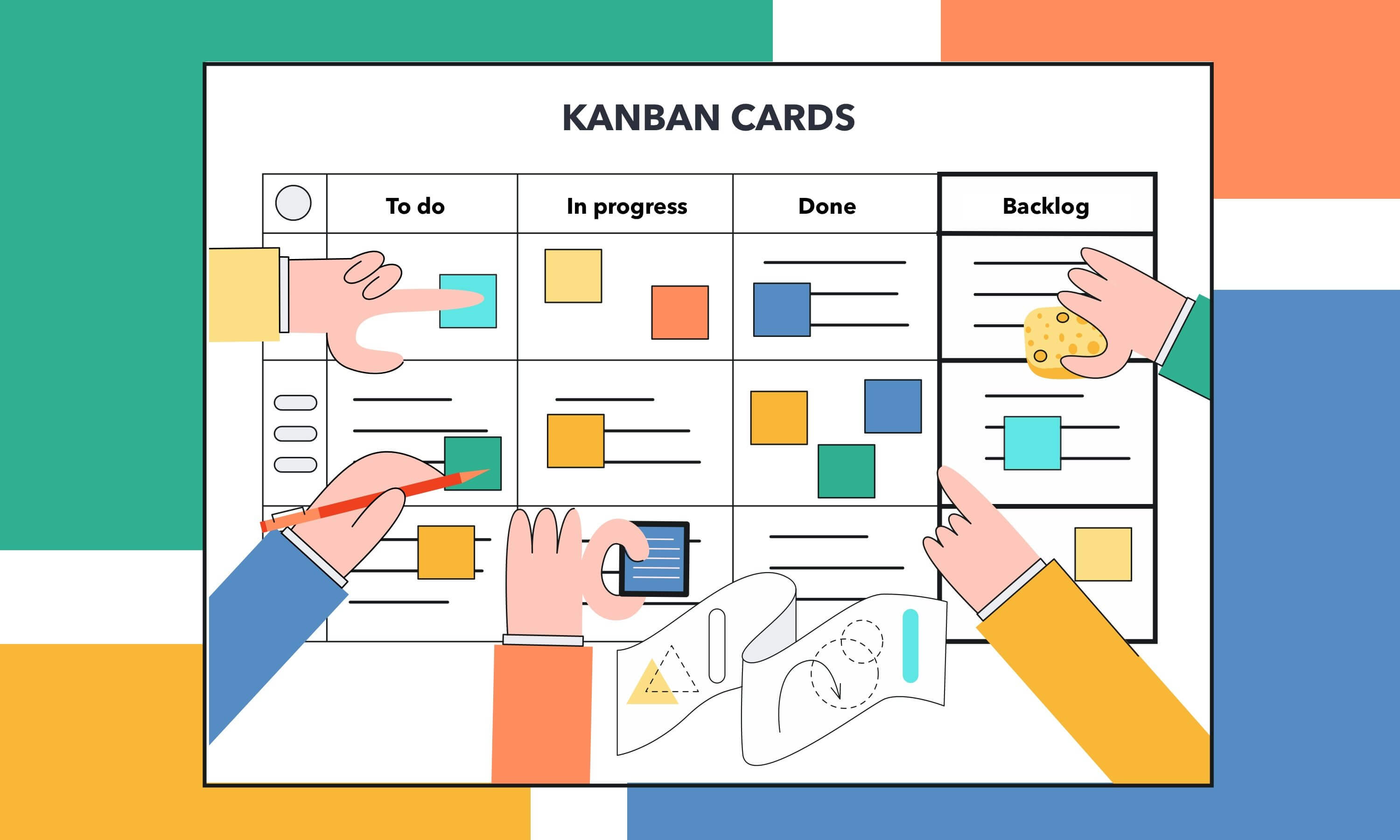How to Identify Dark Scrum and Deal With its Effects?

Many Scrum projects fail, even despite the fact that Scrum is a part of powerful Agile. In the ideal world, Scrum should fix productivity and be the answer to all your challenges.
However, Scrum can go “dark” when the Agile conception and teamwork are undermined unreasonable expectations. Various dissension among team members and stakeholders, as well as awkward stumbles may appear.
What is the power of Dark Scrum in Agile project management? Let’s try to figure it out, but first, spend a couple of minutes to recollect some basics about the Scrum itself.
Briefly about Scrum
Scrum is a popular Agile product development strategy that contains a collection of specific values, team roles, and rituals aimed to create iterative work products. Scrum began in the software sphere and now it is widely used in construction, universities, military, automotive, and other sectors and industries.
Scrum isn’t an acronym as some people think. The term has come from the sport of rugby. It was first introduced in 1986 in the article, where the authors described a rugby-style approach to product development – one where a team moves forward while passing a ball back and forth.
Scrum is an overall approach to problem-solving that avoids rigid, step-by-step instructions and strict specifics. Of course, if you haven’t worked according to the scrum concept, it’s better to dive deeper into its fundamentals. The article All We Should Know About Scrum Project Management: the Beginner’s Guide will help you to get more details.
The term “Dark Scrum” was implemented by Ron Jeffries – one of the creators of Extreme Programming (XP), and one of the authors of the Agile Manifesto. Ron has defined this concept as “dysfunction that is readily identified by looking at morale”.
How Scrum Goes Dark
Scrum is widely applied for its efficiency as an Agile software development method. At the same time, it is increasingly used in other fields needing flexible and innovative project management solutions. Working in sprints, Scrum teams are able to deliver in predetermined increments, with measurable goals and flexibility. However, sometimes the well-balanced teamwork, superior focus, and results-driven strategy of Scrum can be overcome by Dark Scrum. It leads to destroying motivation and unreasonable expectations; it creates dissension among team members and stakeholders. Agile moves into awkward stumbles.
As a result, sprint planning may quickly turn into a stressful game, taking longer and longer, and finally leading to open conflicts between team members.

Some Scrum masters and others in the business think that Dark Scrum may exist beside the good Scrum, threatening projects more often than people would like to admit, delaying project deliveries, and destroying morale.
What are the signs of Dark Scrum?
Here’re some obvious causes of Dark Scrum:
- A team without all the skills needed, which quickly results in delays and handoffs.
- Lack of education, in areas such as refactoring and test-driven development.
- Pressure from a product owner or management to deliver more and faster.
- Management imposing work on teams rather than teams selecting the amount of the work they can do.
- More than one responsible person demanding work from the entire team.
- Forming the Scrum team is difficult but a practice to handle this situation not provided.
- Scrum is applied in the IT environment or maintenance for which it was not designed.
- The team tries to do Scrum but cannot get it to work. Team members get so frustrated they just abandon sprints.
- The context that the team finds themselves in their company is ignored by Scrum.
Dark Scrum is a Dysfunction: How to Respond to it?
It depends on every single case, however, there is no unique and simple solution. If Scrum goes dark, there’s little chance of recovery without some major upheaval. Management may not understand what Agile ideas are and the team doesn’t have the power to turn things around on their own.

However, Scrum masters need to leave panic and find the courage to advocate for an incremental approach to projects, with measurable goals. It means they should set realistic goals for each sprint, delivering an integrated, well tested, and working increment of the product each couple of weeks. Stakeholders, as a result, may give up impossible goals for these concrete results. It is rather important to remember that one of the key goals is to see that Scrum is done as it should be, and to educate the product owner, and the entire team so that that can happen.
In order to keep the pressure off to do more and more, the Scrum master may need to stand up to the product owner. However, it may really worth it.
Are there any consolatory moments?
- The situations related to Dark Scrum follow a common pattern.
- Many Scrum installations contain a common inevitable Dark Scrum stage.
- Developers are able to improve things and can move Dark Scrum toward real Scrum.
Perform Scrum with the appropriate tools
There are many types of Scrum project management software. The first type includes paid project management tools. The best thing about them is their functionality. If you buy such a tool, you get numerous additional features like the ability to visualize your workflow in charts and diagrams. However, the price can be a real disadvantage of paid Scrum project management tools.
Things are different with free Scrum software. Some people think that they have worse functionality than paid apps. However, that is not always the truth.
Modern free Scrum project management apps are able to perform all key features of paid project management solutions and some of them have even better functionality. That is because of the progress of the modern software development industry.
Most of them are available online, so you don’t have to install them on your computer. Just create an account on their official website and use them whenever you want.
If you want to know how to improve Scrum management with Hygger, please follow the corresponding section of our University.




